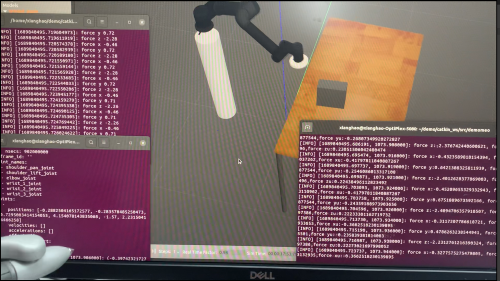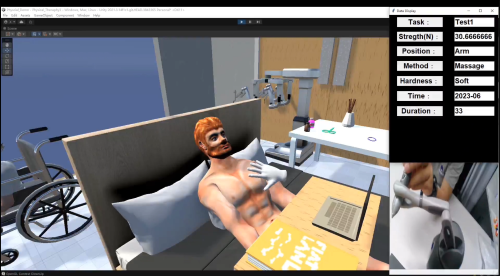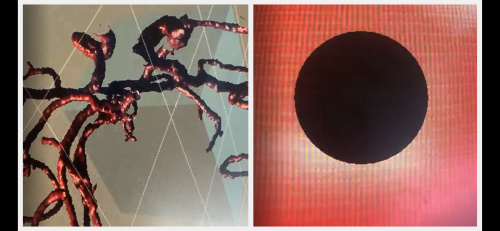Edge computing Network Platform for Tactile Internet
The platform is divided into three modules: master domain, network domain, and controlled domain. In the controlled domain, the ROS platform is used to simulate the robot experimental environment, and instantiate the virtual manipulator and virtual objects (such as tables and bricks). Secondly, the master domain is the geographic touch terminal operated by humans, and the network domain is the traditional Ethernet USB, which represents network transmission. edge computing devices are used for resource allocation, including bandwidth, storage and other benefits. When users operate a robotic arm, they can provide virtual tactile feedback. What’s even more exciting is that when users touch a table or brick, the geomatic touch terminal is similar to touching a table in front of them. Therefore, the tactile internet provides a practical platform for tactile senses, which can be widely used in applications such as treatment, disaster relief, shopping, and provides a new network paradigm for human-mechine interaction.


